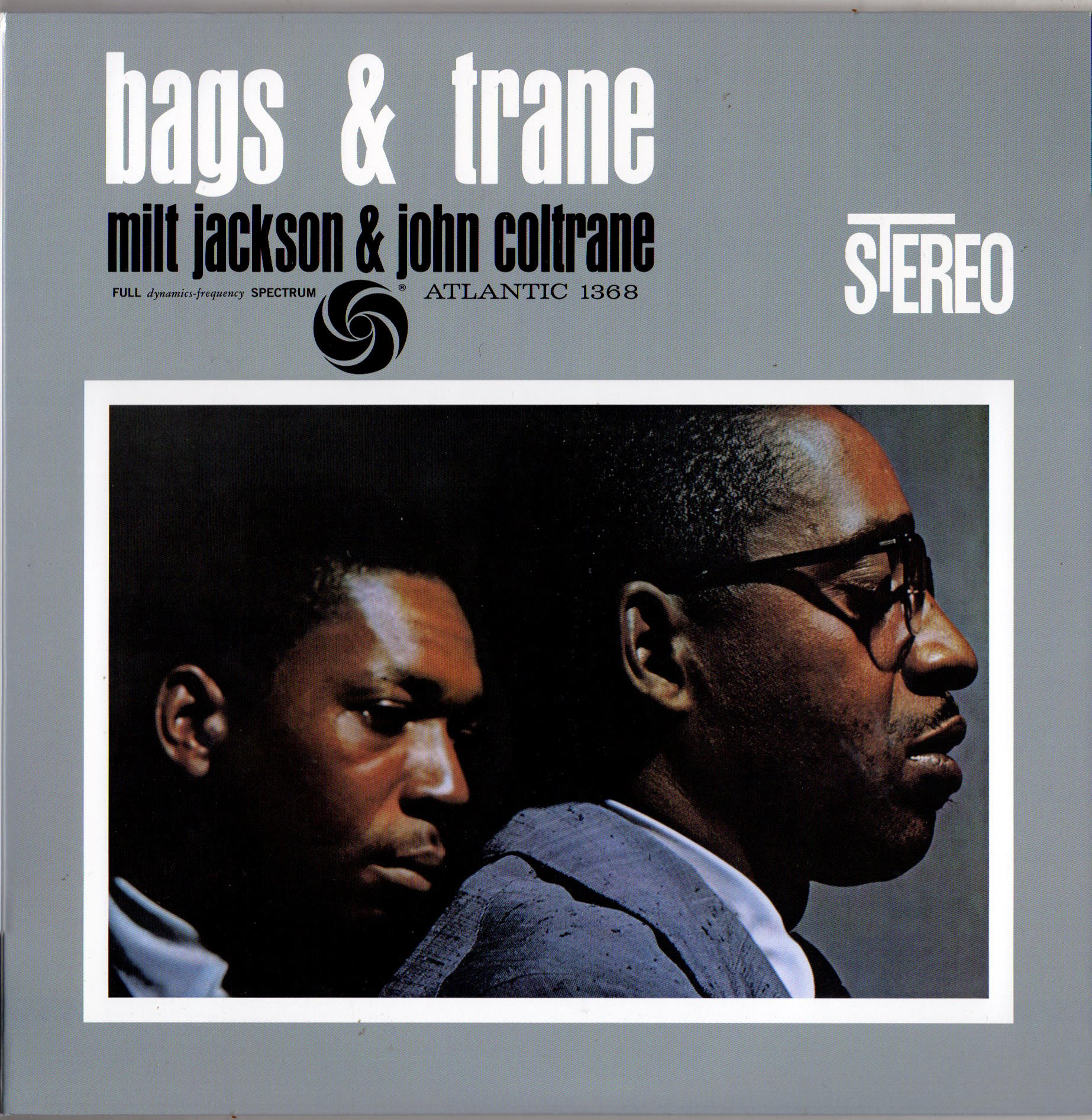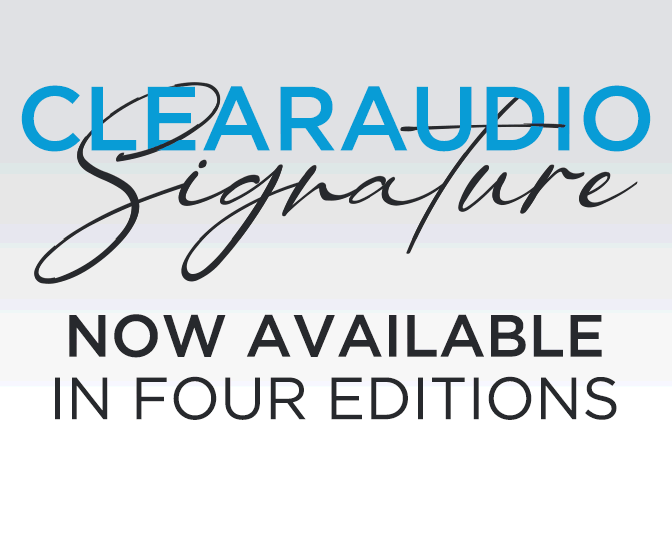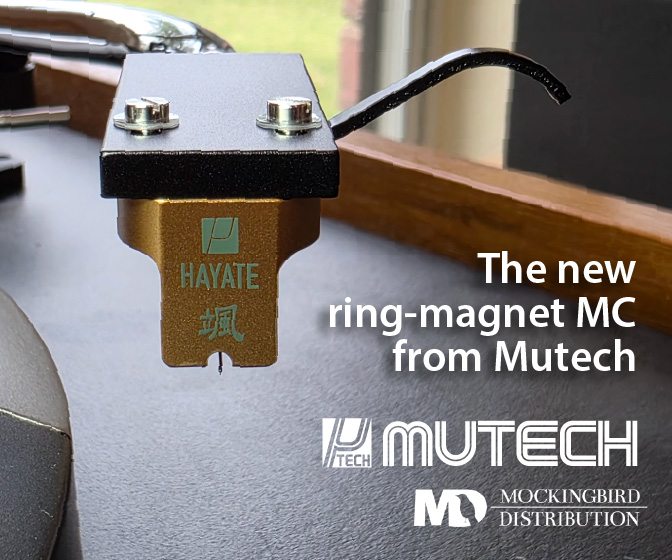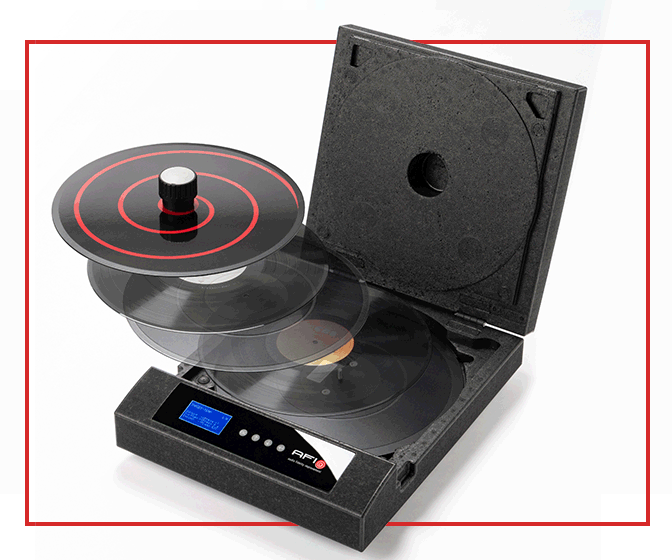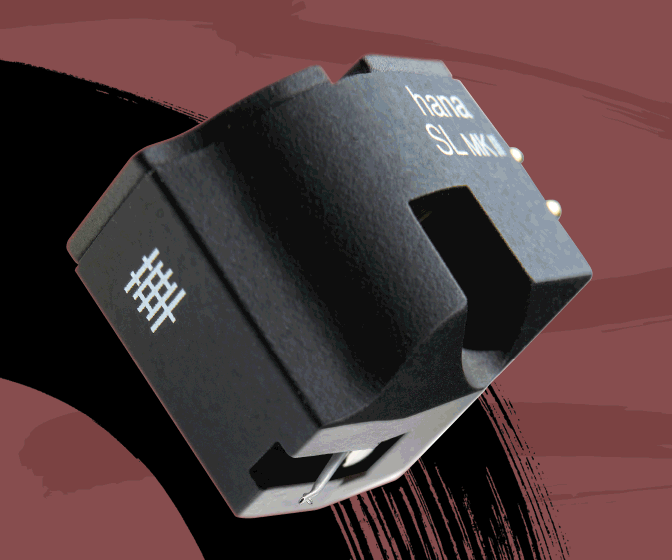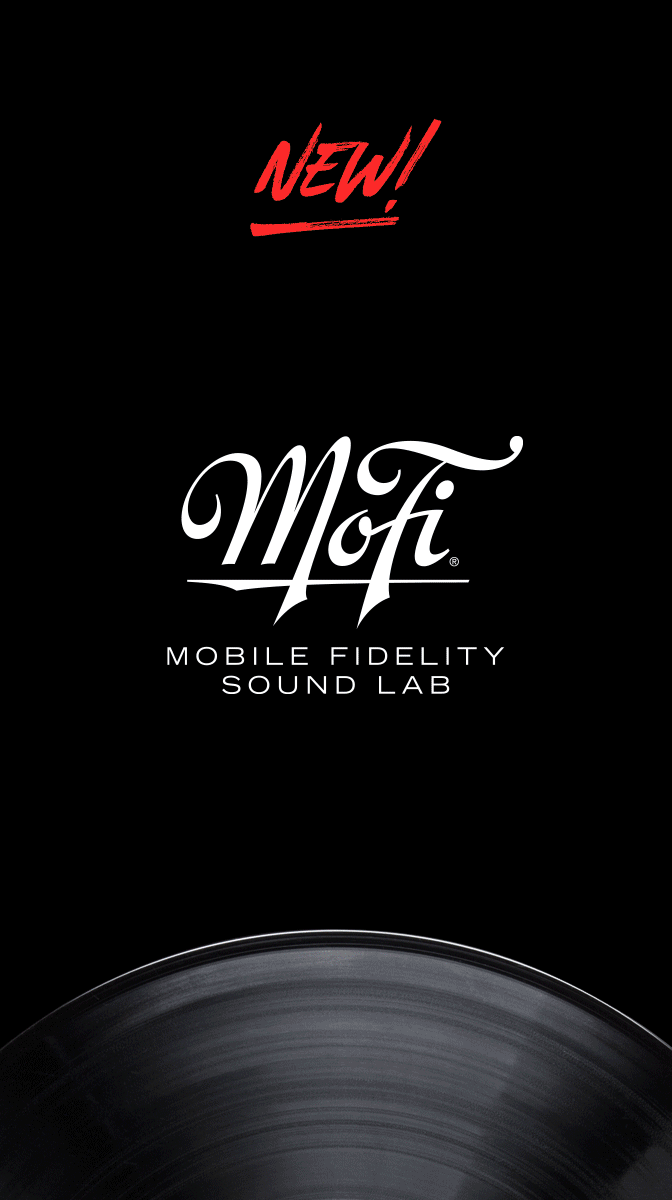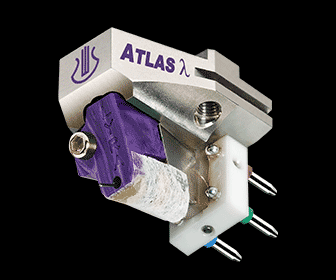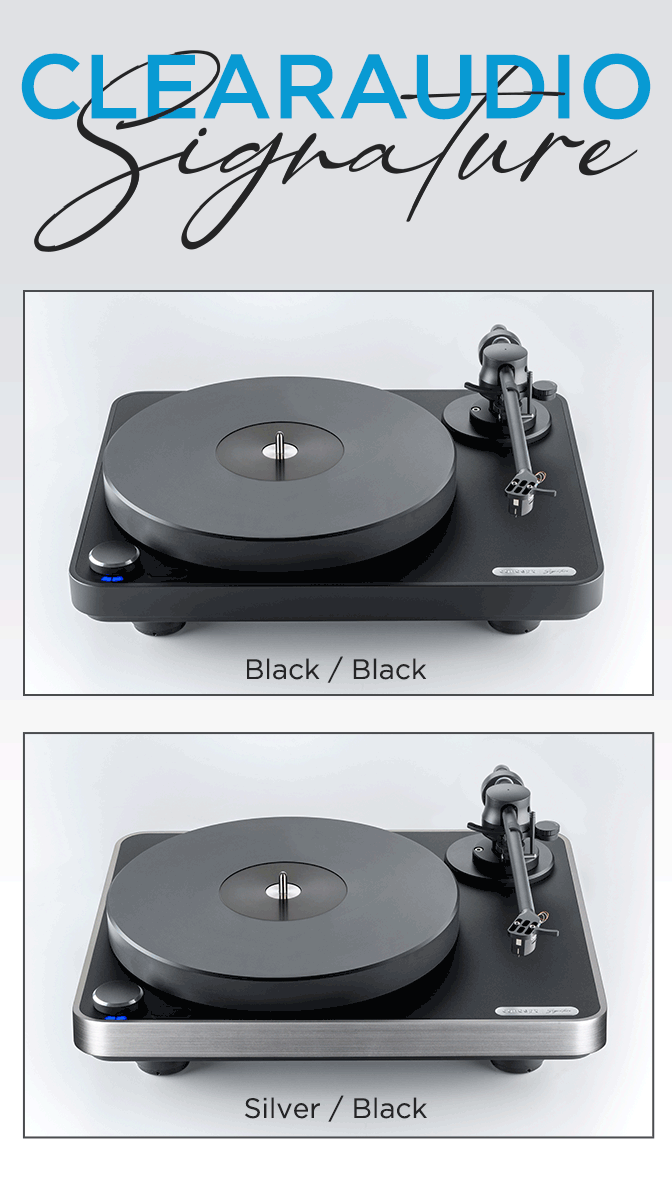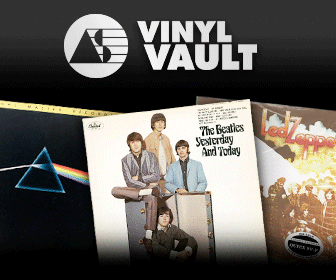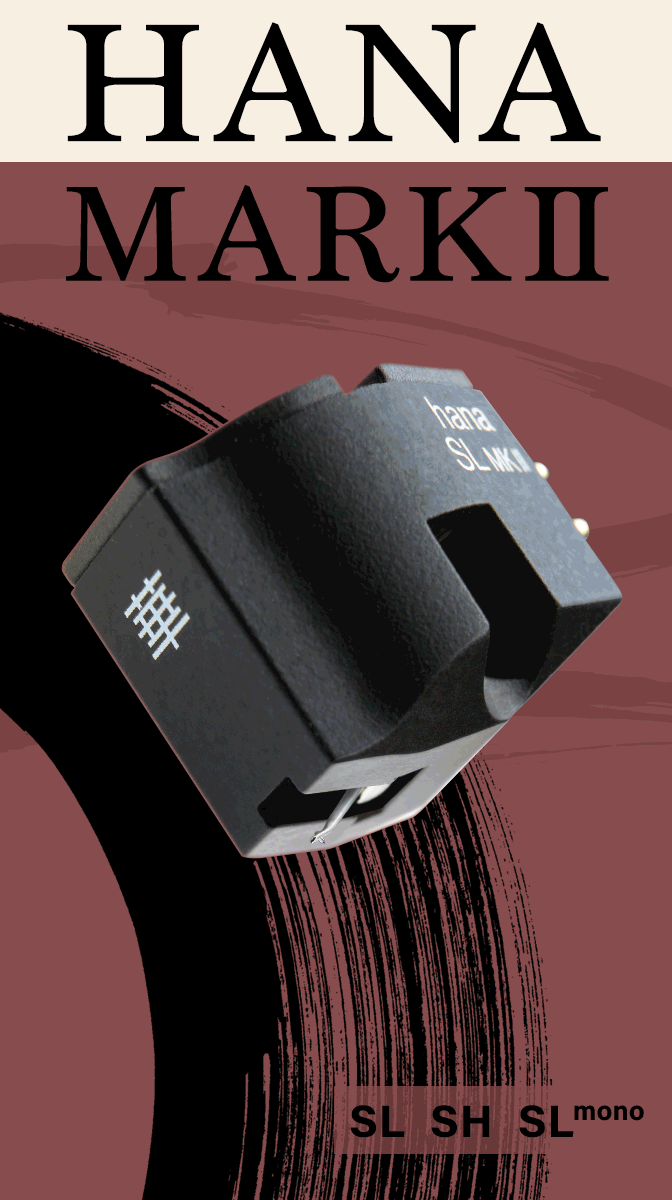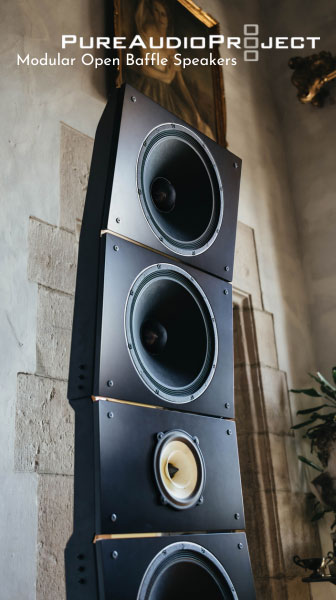Bags & Trane......Milt Jackson & John Coltrane
Reissued at 45 rpm in Atlantic 75 series
On January 15, 1959, when John Coltrane recorded the album Bags & Trane at Atlantic Studios in New York City with Milt Jackson, he was nearly at the end of the sideman-apprentice stage of his career. For two years, he had been playing with the Miles Davis Quintet/Sextet, one of the most successful groups in jazz. His time with Miles had been controversial. Part of jazz's audience and its critical establishment were never happy with the innovative nature of Coltrane's playing and his investigations of complex, extended harmony. He was accused of "practicing in public," not swinging, and having a hard, ugly saxophone tone.
Vibraphonist Milt Jackson, a.k.a. "Bags" in January 1959, was an established jazz star and a member of the Modern Jazz Quartet (MJQ), which had crossed over to a non-hardcore jazz fan audience and become probably the most commercially successful, Black modern jazz small group. The MJQ's classically flavored compositions and low key style were derided by hard bop fans as pretentious, affected, too "cool" and not "real jazz." In truth, the MJQ was "hot" in their own intensely restrained way, and Milt Jackson provided the heat with hard swing, the blues, and a touch of funk.
Undoubtedly, much of the MJQ's audience were not Coltrane fans, and vice versa. A Jackson meets Coltrane album was not what either faction wanted to hear. Like many musical tribal disputes, the emotions were overblown, and the positions simplistic, but there were valid musical concerns. Bags & Trane is a meeting of two great musicians who once shared the musical language of bop when they played and recorded together in Dizzy Gillespie's band in 1951. By 1959, much had changed in Coltrane's playing, and his music had evolved well beyond bebop. A Jackson and Coltrane album was destined to be either a struggle to find musical compatibility or a lackluster session of each playing their own style while politely ignoring the other.
So, why was the album recorded? Coltrane would not be signed to Atlantic until April 1959, so it's safe to assume that Bags & Trane was intended to be a Milt Jackson leader date. It's certainly possible that Jackson chose Coltrane to be on his album, but I suspect Atlantic's president, Ahmet Ertegun, who was waiting for Coltrane's Prestige contract to expire before signing him, added Coltrane to a Jackson session to provide a potential initial release for Atlantic's attempt to market Coltrane to a wider audience once he was under contract.
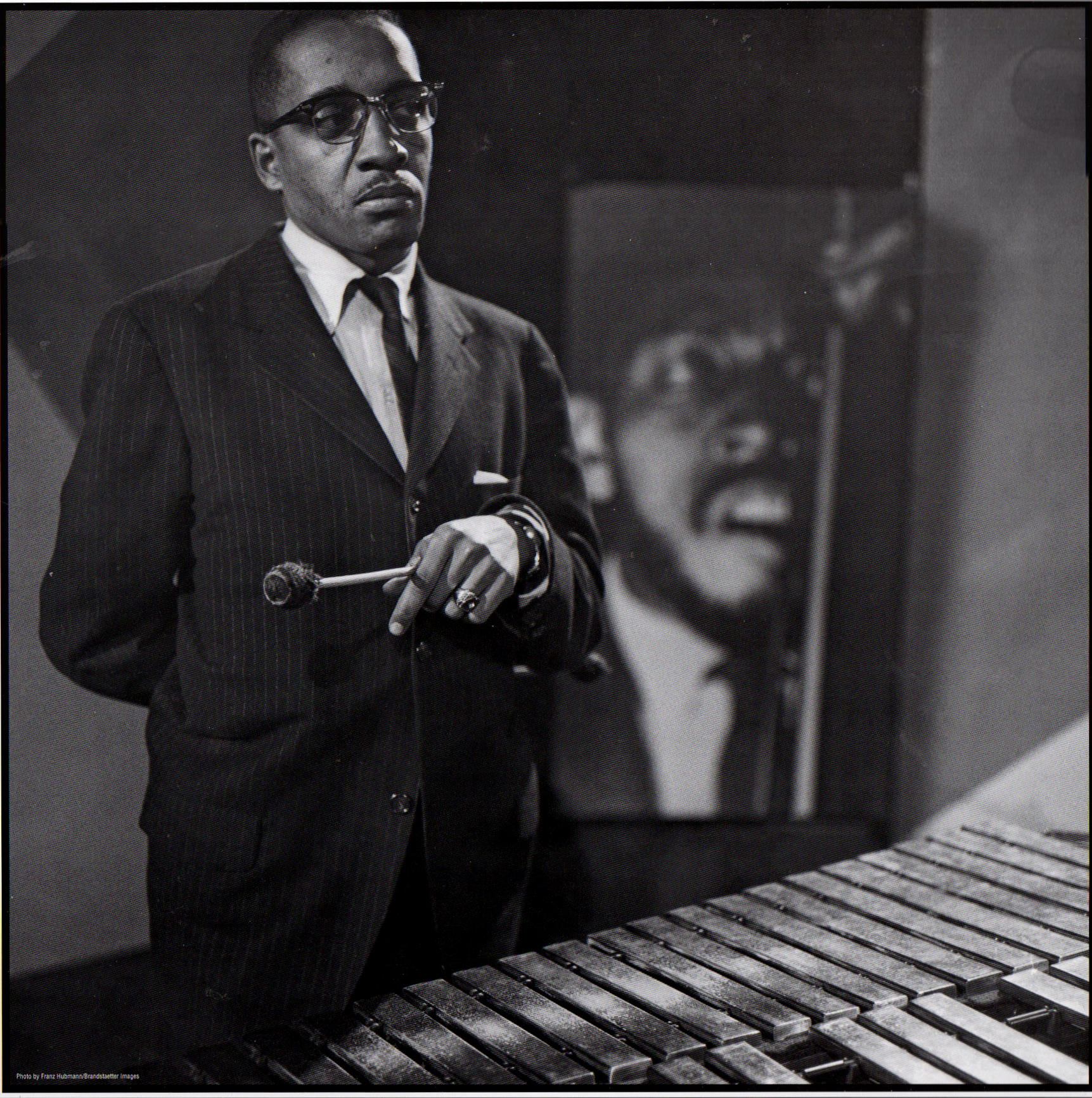
Unfortunately, the album doesn't show any signs of the preparation and planning necessary to make a successful album from the meeting of such stylistically different musicians. Instead, it seems like a "well, what are we going to play?" jam session. Two standards, two blues, credited to Jackson, which were probably composed in the studio, and a classic Gillespie bop tune are the repertoire. The other musicians were undoubtedly selected by Jackson. Connie Kay was the MJQ's drummer. Pianist Hank Jones and Jackson had played together many times, beginning in 1946. Bassist Paul Chambers had recorded with Jackson the month before. Kay and Jones had never recorded with Coltrane before and never did again. Jackson never did again either. Coltrane, with the exception of Paul Chambers, bassist in the Miles Davis Sextet, was not recording with musicians he would have chosen.
The album begins with the tune "Bags & Trane" and Jackson playing the blues over a head nodding groove provided by Paul Chambers and Connie Kay, who had played together on five record sessions in the prior year. Clearly, they have developed the intuitive understanding that makes for a swinging bass/drums team and play superbly together throughout the album. Jackson's solo swings hard while staying close to the melody and the chords. When Coltrane begins his solo, it's immediately apparent that he is speaking a different musical language as he plays chromatically with little regard for the chords and melody. Pianist Hank Jones, as he does throughout the album, seems tentative and unsure of how to accompany Coltrane.
"Three Little Words," a hit from 1930, was already a warhorse in 1959 and not the type of tune Coltrane favored. After Hank Jones' beautiful Teddy Wilson style intro, Jackson and Jones give a master class in mid-50s swinging bop jazz, grooving brightly over Chambers' big, wide beat. Coltrane begins his solo, probably with intentional contrariness, playing against the beat, and then proceeds to range far away from the song, playing with astonishing technique, swirling, near abstract runs of notes. Hank Jones decides not to enter the maelstrom and plays clusters of notes rather than chords so as not to clash with the saxophone lines.
"The Night We Called It A Day," a ballad standard from 1942, is played by Jackson and the rhythm section with a late night, melancholy feel over a relaxed deep in the notes swing. Coltrane begins with a mood breaking wail and then plays the ballad his way, without romance, his insistent, aggressive saxophone tone not melding with the softer sonority of the rest of the group.
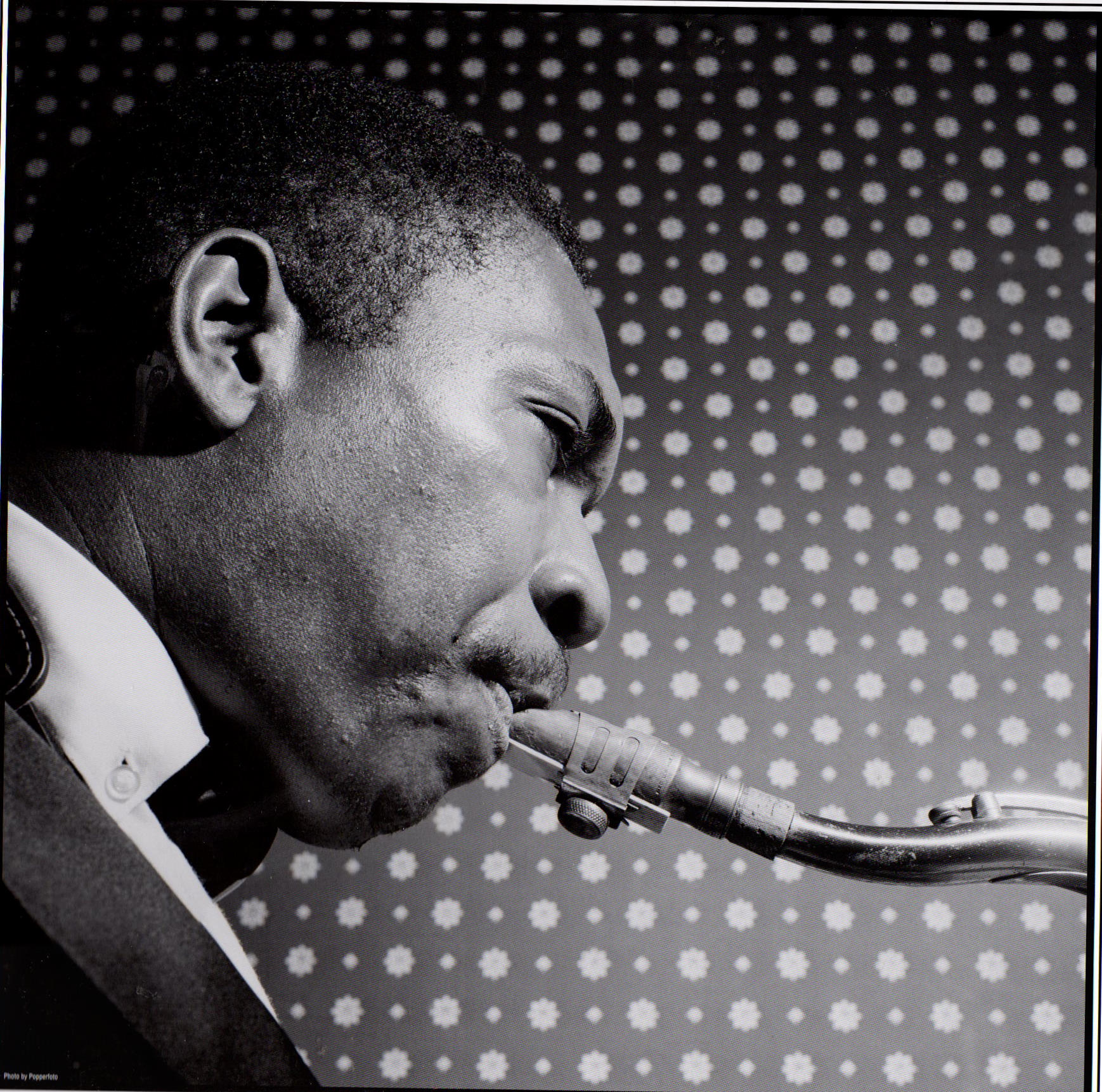
"Bebop," a Dizzy Gillespie tune that Jackson and Coltrane probably played together while in Gillespie's group, is the best performance on the album. It's taken at a very fast tempo, but the group swings effortlessly. Jackson's solo is played with exciting, teetering on the edge, rhythmic, and melodic momentum, and ends with some fantastic bop licks. Coltrane's solo is three minutes long but still seems to end suddenly, probably truncated by someone giving him the "cut" signal. It's an astonishing, intense outpouring of long, complex, chromatic lines that create the illusion that they are spinning, pinwheeling upward while simultaneously moving forward in relentless, charging motion. After the solos, Jackson and Coltrane trade a long series of fours, which are jaw droppingly "can you top this?" virtuosic.
"The Late Late Blues" is a foot tapping, in the groove tune with an unusual off beat melody. Over Paul Chambers' powerful swing, Jackson plays long, deeply bluesy melodic lines, getting especially funky near the end of his solo. Coltrane's solo begins staying close to the blues, but by the end, he's far away into chromaticism and very close to free jazz.
Bags & Trane is not a classic album. In 1959, John Coltrane was one of the most advanced musicians in jazz, and it wasn't until he formed his classic quartet in 1962 that he found musicians who could help him express his music fully. The other musicians on Bags & Trane, except Paul Chambers, were not at the innovative forefront of jazz, and Coltrane was unwilling to compromise his playing to create a unified group sound. The result is an album that lacks stylistic and emotional coherence. It never feels "right." The decisionmakers at Atlantic obviously realized this because the album was not released until July 1961, with Coltrane co-billed, more than two years after it was recorded and after Coltrane had become a star.
Analogue Productions has reissued Bags & Trane as part of the Atlantic 75 Series on two 12 inch 180 gram records at 45 rpm pressed at Quality Record Pressings. The records come in a double pocket, tip on style Stoughton Printing jacket. On the back cover is printed "100% All-Analog… Mastered and cut to lacquer from the original master tape." Ryan K. Smith's initials are in the run outs.
My LPs, #1210 of the limited edition, are deep black, lustrous, flawless and play very quietly. The labels are a close approximation of the original green and blue Atlantic label. The original LP had a single pocket jacket. For this issue, AP has included a black and white photo of Jackson and one of Coltrane, inside the gatefold. The cover is beautifully printed, and the jacket is heavy cardboard stock.
The original issue of Bags & Trane is a good but not a great recording. Soundstage is wide but not especially deep and hard right/left with the dreaded "hole in the middle." There is not a lot of air or room sound, and with the unnatural balance, it's not a particularly involving listen. The treble is smooth but not fully extended so that the cymbals lack ringing overtones. Bass is moderately deep but thin and lacks impact. Dynamic range is good but not particularly wide.
AP's Atlantic 75 reissue is a major sonic upgrade from my original pressing. Treble is warmer and more extended so that the overtones of the vibes and piano can be heard more clearly. Jackson's vibes on the AP 45 have a beautiful, chiming resonance that the original lacks. The increase in dynamic range is especially noticeable and adds extra intensity and power to Coltrane's horn. The low noise of the high quality vinyl, superbly pressed, creates more space between the instruments and a slightly deeper, wider soundstage, though it is still hard left/right. Paul Chambers' bass is considerably louder, deeper, less "thumpy," and more dynamic and melodic, which creates more swing and rhythmic momentum. The AP 45 definitely brings more Coltrane intensity to the music than the original.
Analogue Productions' double 45 RPM of Bags & Trane is a superb reissue of a recording that is not a classic sonically or musically.
copyright and all rights reserved 2025 by Joseph W. Washek



